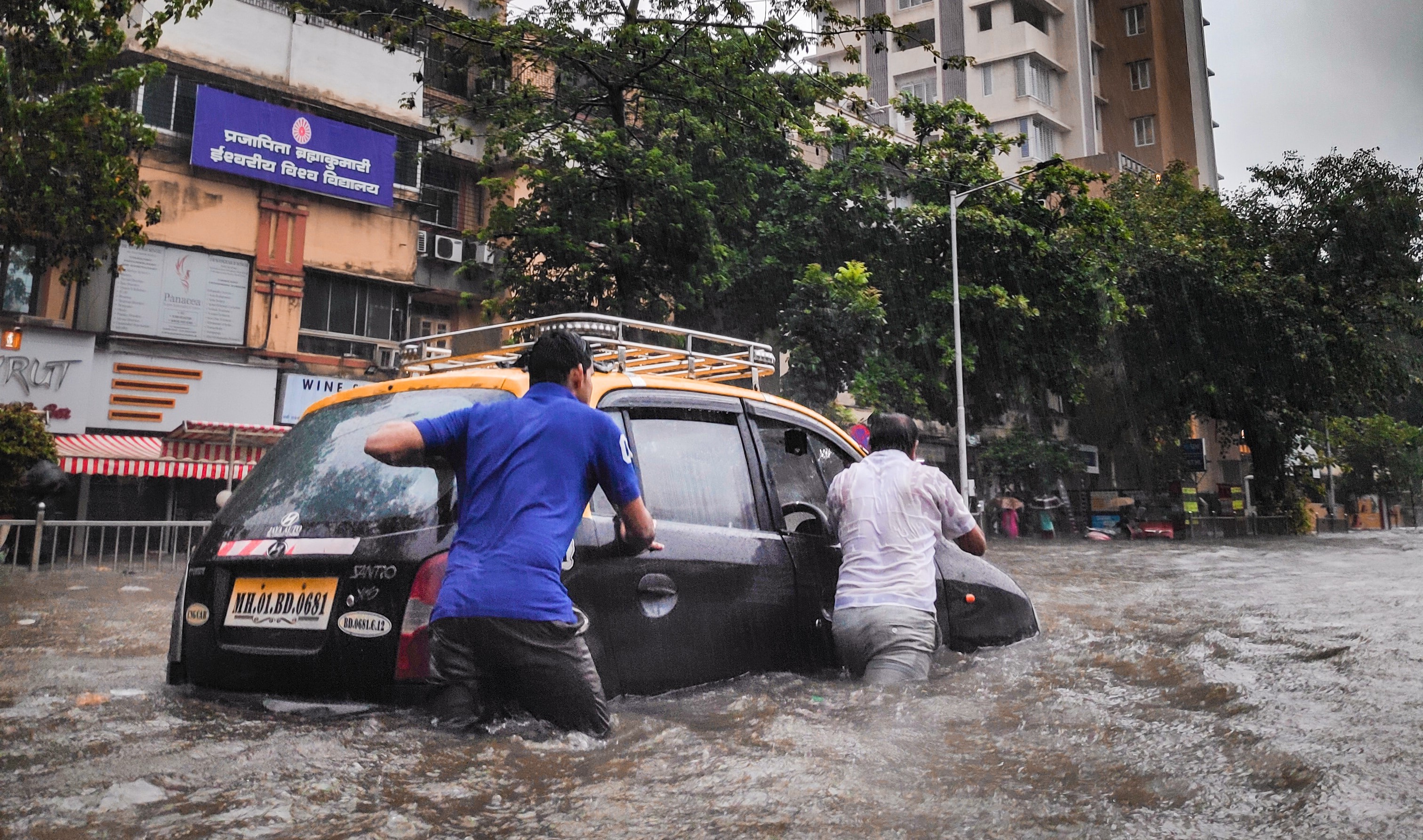Climate Change Adaptation in SUMPs and NUMPs: MobiliseYourCity's 2024 Agenda closes its gap

Written by Milnael GOMEZ
Elevated sea levels, a surge in the frequency of extreme weather events like floods, droughts, and storms, and an expansion of tropical diseases. According to the UNEP (United Nations Environment Program) these are all consequences related to the worldwide increase of temperatures.
Climate change influences the way we live the cities, and its consequences impose to rethink the urban planning. For this reason, MobiliseYourCity’s 2024 agenda pioneering set the goal of including climate change adaptation in urban mobility plans.
The urgency of adaptation in vulnerable regions
According to several scholars, vulnerabilities are most pronounced in unplanned settlements and smaller urban centres, especially in low- to middle-income nations. (Angel S. et al., 2016). However, only a few cities have comprehensive adaptation plans, often narrowly focused on climate risk reduction. This narrow focus overlooks the potential for synergies between climate mitigation and sustainable development, exacerbating inequalities. By 2050, over a billion people in low-lying cities could face heightened flood risks due to rising sea levels and extreme weather events. Moreover, the convergence of global warming and urban population growth amplifies heat exposure, subjecting more residents to heat waves. Severe droughts are expected to expose an additional 350 million people to water scarcity in urban areas at 1.5°C warming and 410.7 million at 2°C warming (Li & Bergen, 2018).
Operating in vulnerable regions, MobiliseYourCity underscores the importance of considering climate hazards' multifaceted impacts on urban transportation, from infrastructure damage due to floods to disruptions in energy supply affecting transport systems. In the Dominican Republic, Santo Domingo is particularly susceptible to hurricanes, and climate change is expected to amplify the intensity of extreme rainfall events by 20%. The fourth largest city of Indonesia, Medan, is exposed to an increased risk of precipitation and dryer warm seasons, which has already resulted in more frequent and intense floods and landslides over the past two decades. The alternation between intense rainfall and dry seasons exacerbates flood and drought challenges in Dire Dawa, Ethiopia.Recognising this and acknowledging its significant potential, MobiliseYourCity is incorporating climate resilience in mobility planning, striving to ensure cities' preparedness against climate-induced challenges.
MobiliseYourCity's Hands-On Climate Integration in SUMPs
Up to now, focusing on enhancing Sustainable Urban Mobility Plans (SUMPs) and National Urban Mobility Policies (NUMPs), MobiliseYourCity has contributed to 17 finalised SUMPs in cities across Africa, Asia, America, and Europe; and supported the formulation of 6 NUMPs in Cameroon, Chile, Colombia, Ecuador, Philippines, and Tunisia.
However, a review indicates an uneven integration of climate change adaptation in these plans. For instance, only four of the completed SUMPs include a section on diagnosing climate vulnerability and risks for the city, and just one SUMP incorporates climate change adaptation into its proposed actions. Regarding the NUMPs, only one out of the six includes actions related to climate change adaptation. This reveals a significant gap and, in 2024, MobiliseYourCity is gearing up with a dynamic plan to infuse climate change adaptation directly into urban mobility planning.
Among the main goals, we are crafting tailor-made guidelines that will seamlessly weave climate resilience into the heart of urban transportation strategies, keeping in tune with each city's unique context and challenges. Moreover, we are working on a topic guide that details how cities can embed climate adaptation from the brainstorming stage right through to real-world monitoring. The paratransit toolkit, published in 2023 in French for the first time, will be expanded to include climate adaptation in diagnosis, proposed measures, and case studies. Additionally, actions include organising webinars, training sessions, workshops, and events to raise awareness of this topic among members and in the international agenda. Finally, efforts will be directed towards implementing pilot actions in cities that have adopted SUMPs incorporating climate change adaptation.